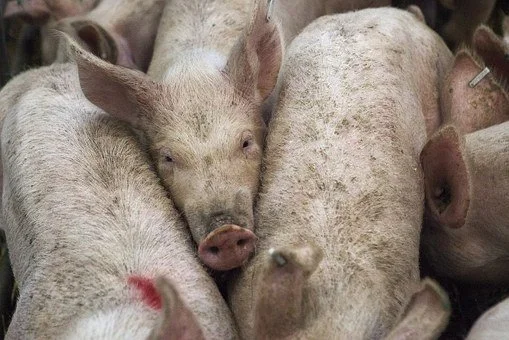Zoning Hot Topics: Agriculture Edition
/I recently presented at the Indiana Farm Bureau’s first-ever zoning school. I was asked to discuss three “hot topics” faced by zoning boards, land owners, and others involved in zoning administration for Indiana counties and towns. Three issues came to mind: solar ordinances, moratoria, and spite structures. My slides are available here.
Solar Ordinances.
Like any other land use, a solar farm can be allowed “by right,” through a special exception or special use permit, or not at all. “By right” usually means a county has decided to allow solar farms to be built in certain zoning districts without requiring a public hearing or lengthy special exception process. The solar project will still need to meet development standards, like setbacks and screening, and will require a building permit or improvement location permit (ILP). Development standards can address questions of drainage, height of panels, or other physical details of the project.
Or, a county (or town) may choose to require solar farms to obtain a special exception to build in a zoning district. The county may decide solar farms are “by right” in Ag-3 zoning, for example, but require a special exception in other Ag districts. The special exception process involves an application with specific required information, public notice and advertisement, and a public hearing. Each municipality’s zoning ordinance sets forth certain elements that must be considered for a BZA to grant a special exception.
Finally, a municipality could simply prohibit solar farms in specific zoning districts.
Counties are taking a closer look at their existing zoning ordinances to figure out whether their ordinance needs to be updated as land uses change. Technology frequently outpaces the law!
Moratoria.
The second topic I’ve seen come up over and over again the past few years is the idea of a zoning moratorium. A moratorium is an ordinance that bans development of a certain type of land use. Often times a moratorium preserves the status quo in the face of a previously untested land use (e.g., solar or CFOs). No matter it is called moratorium is a “zoning ordinance” and must follow the process laid out in statute for enacting new zoning ordinances. This involves public notice providing information about the proposal, including a general summary, geographic area to which it would apply, a place where the actual proposal can be reviewed, and other information to allow the public to meaningfully participate in the local legislative process. The planning commission and legislative body (County Commissioners or Town Council) both must conduct a public hearing on the proposal in accordance with Indiana Code 36-7-4-600 et seq.
Spite Structures.
The term “spite structures” is one I made up—don’t look for it in the Indiana Code or case law. I use this phrase to mean a structure or land use quickly started in an attempt to block a competing nearby development. For instance, if Landowner A finds out Landowner B has IDEM permission to build a CFO, and Landowner A quickly builds a picnic shelter and calls it a “public park” in order to block that CFO under county setback rules for CFOs, that counts as a spite structure. In my mind, a spite structure is an attempt to frustrate the local zoning ordinance or comprehensive plan. A spite structure is an end-run around validly enacted local land use law. Because such a structure runs counter to the organized and intentional development of land within a zoning jurisdiction, it should be disfavored.
These are just three of many zoning issues creating a stir in localities around Indiana and the country in general. What hot zoning topics have you seen in your local communities?





